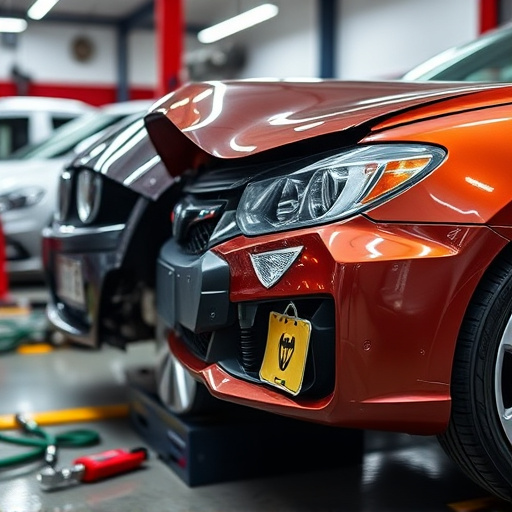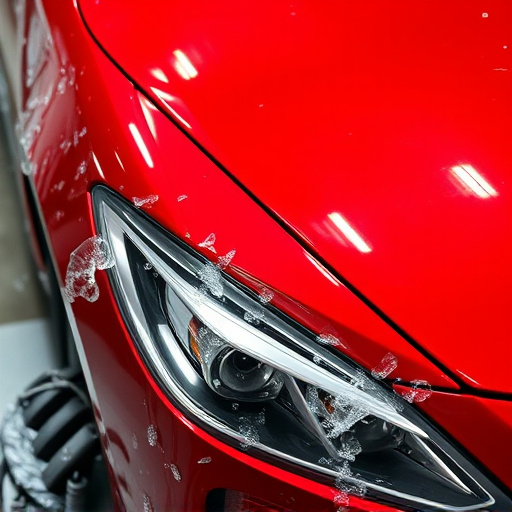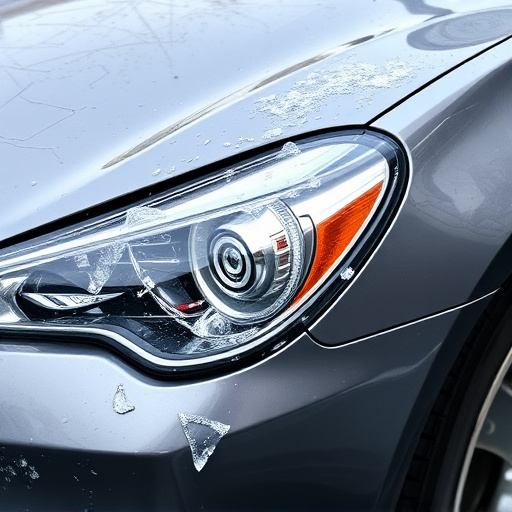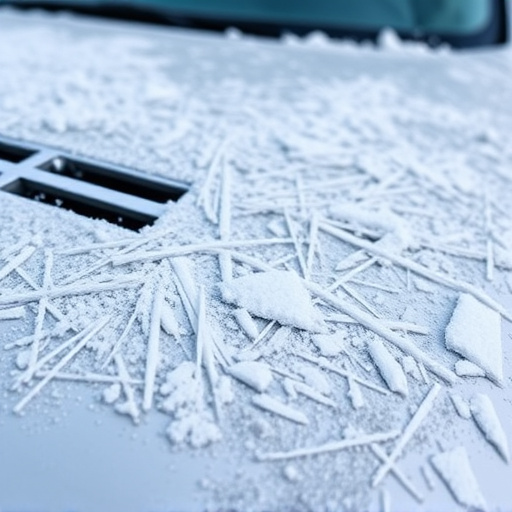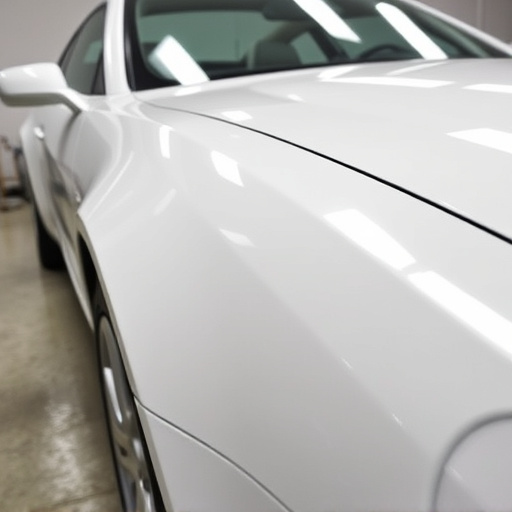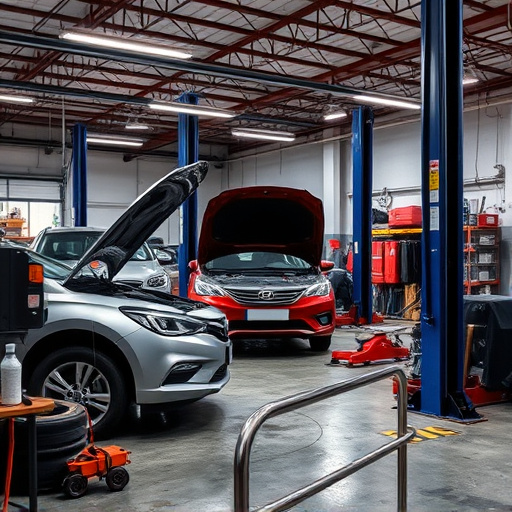Adhering to OEM certified standards ensures high-quality collision repairs, covering every step from damage assessment to final painting and tire services. Technicians use advanced tools and precise measurements to restore vehicles to pre-accident condition, maintaining structural integrity, aesthetics, and performance. Effective communication and aftercare advice build client trust and satisfaction in OEM certified collision repair services.
Looking for a step-by-step guide to top-notch OEM certified collision repairs? This comprehensive article breaks down the process from start to finish. We’ll explore the key elements of meeting OEM certified standards, outlining an efficient repair process, and guaranteeing quality that satisfies both you and your vehicle. Discover best practices to ensure precision, accuracy, and customer delight every step of the way.
- Understanding OEM Certified Standards
- The Step-by-Step Repair Process
- Ensuring Quality and Customer Satisfaction
Understanding OEM Certified Standards
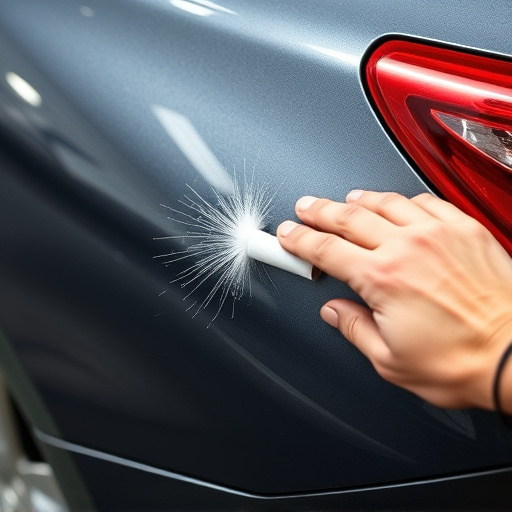
Understanding OEM Certified Standards is a fundamental step in ensuring high-quality and precise collision repairs for vehicles. OEM (Original Equipment Manufacturer) certified standards set the bar for excellence, defining the specific procedures, materials, and techniques required to restore a vehicle to its pre-accident condition. These rigorous guidelines encompass every aspect of the repair process, from accurate damage assessment to meticulous auto painting and even tire services.
The goal is to maintain the original vehicle’s integrity, aesthetics, and performance. By adhering to OEM standards, certified technicians can guarantee that car dent repairs are not just superficial but also structural, ensuring the safety and reliability of the vehicle. This level of expertise involves a deep understanding of complex systems, precise measurements, and the use of advanced tools, making it a critical component in achieving top-notch collision repair outcomes.
The Step-by-Step Repair Process
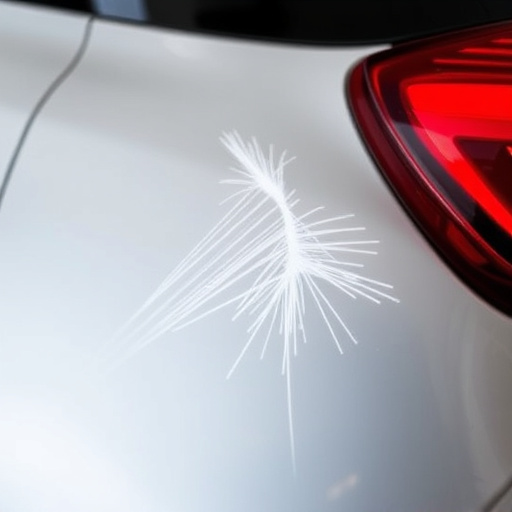
The step-by-step repair process for OEM certified collision repairs involves meticulous attention to detail at every stage. It begins with a thorough inspection and assessment of the damaged area, including measuring and documenting the extent of the damage. This critical phase ensures that all components are considered, from exterior panels like fenders and doors to intricate interior elements, especially in luxury vehicle repair cases.
Once the damage is precisely evaluated, the actual repair process commences. Skilled technicians use specialized tools and high-quality OEM parts for precision welding, panel replacement, or sophisticated fender repair techniques. Each step is carried out with meticulous care, adhering to strict industry standards and guidelines. This systematic approach guarantees a flawless finish that matches the vehicle’s original specifications, ensuring both aesthetic appeal and structural integrity in collision repair.
Ensuring Quality and Customer Satisfaction
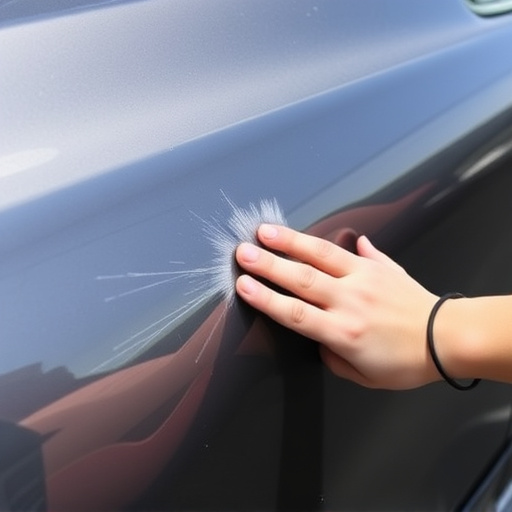
Ensuring quality and customer satisfaction are paramount when undertaking OEM certified collision repairs. This involves adhering to strict industry standards and utilizing original equipment manufacturer (OEM) parts, which are specifically designed for your vehicle make and model. By doing so, not only is the visual appeal of the repair matched to the factory standards, but it also guarantees long-term performance and safety.
A key aspect of customer satisfaction in these repairs is effective communication. Technicians should clearly explain the process, estimated timelines, and potential costs to clients. This transparency builds trust and ensures that customers are satisfied with both the outcome and their overall experience. Moreover, offering detailed aftercare advice for vehicle maintenance post-repair further demonstrates a commitment to exceptional service among automotive repair services.
Completing OEM certified collision repairs involves adhering to strict standards, meticulously following a step-by-step process, and prioritizing quality to ensure customer satisfaction. By understanding these guidelines and implementing them effectively, auto body shops can deliver top-tier repairs that maintain vehicle integrity and preserve ownership value. This approach is key to building trust with clients seeking OEM certified collision repair services.

